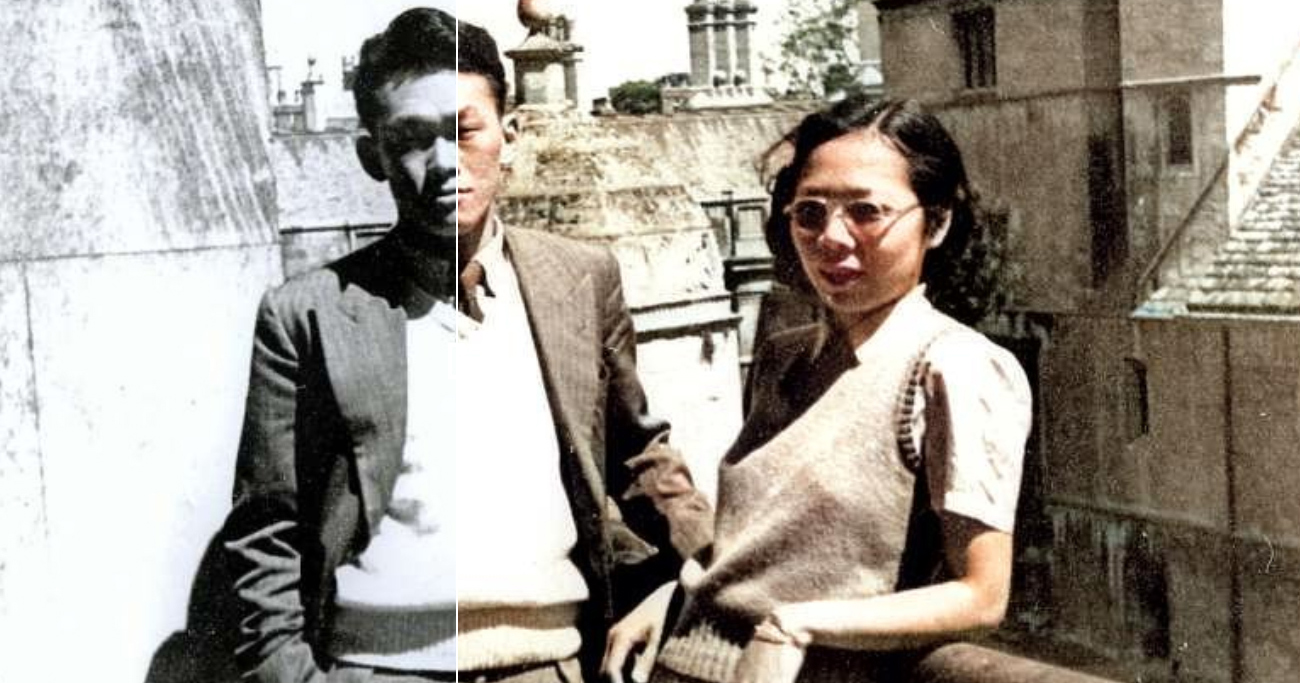A colourising tool for Singapore-specific photos has been developed and put online for public use for free.
Colourise.sg was developed by the Data Science and Artificial Intelligence Division, GovTech Singapore in a hackathon in January.
The aim is to build a deep learning colouriser tool trained specifically for old Singaporean photos.
In other words, you can have fun colourising old black and white photos of your grandma, Lee Kuan Yew and Raffles Place and they will look more colourful.
All it takes is to upload the image, and a colourised version will be spat back out in seconds.
Singapore-specific
Presently, many colourising tools exist but they are not trained to be Singapore-specific.
This leads to unfulfilling fill-ins as the machine cannot learn what colours work because the context is different.
A major contributing factor to poor colourisation of old Singaporean photos could be the fact that the old Singaporean black and white images are too different from the training dataset, Preston Lim, a software engineer involved in the project, wrote partly in geek in a blog post.
In other words, the model is unlikely to have learnt what the colours of an old Singaporean scene could plausibly be made up of.
For example, online colourising tools developed in the United States will use North American scenes as historical context to train the tool.
The results will differ in colour and tone to Southeast Asian scenes, and more so, Singaporean scenes.
Lim hypothesised that a tool trained on Singapore-specific historical images will produce more believable colourised old Singaporean photos than existing tools, which led to the creation of Colourise.sg.
Examples









No perfect colouring in
The point of colourisation is to generate an image with colours that are plausible.
Lim wrote in his post that this process is by no means a guarantee that the colourised image is an accurate representation of the actual snapshot in time.
Colourisation is also known to work well on some images but not others.
Currently, the plan is for the Colourise.sg service to last for the month of February, but it might be extended depending on usage.
How colourisation was done
To manually colorise a black and white photo took research and guesswork.
It would require significant research on the historical, geographic, and cultural context of the photo in order to derive appropriate colours.
Even then, it is never accurate.
What the current tool does is to identify objects in a black and white photo, and figure out a plausible colour for the objects given images that it has seen in the past.
This allows the model to perform well on high resolution images that prominently feature human subjects and natural scenery.
Objects that don't get colourise properly can be due to the lack of recognition by the tool.


Colourising photos also come with the risk of rewriting the past, partly stemming from the risk of eliminating the original black and white photos from search engines, which is a point raised before.
You can read the blog post here about Colourise.sg and try it out for free here.
If you like what you read, follow us on Facebook, Instagram, Twitter and Telegram to get the latest updates.
